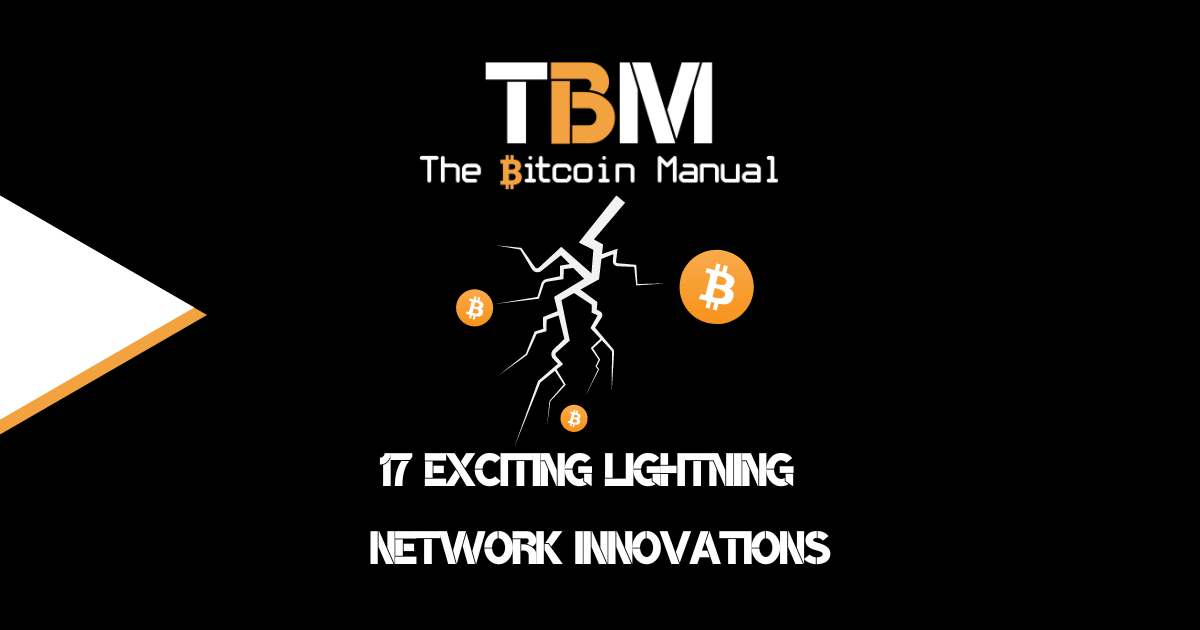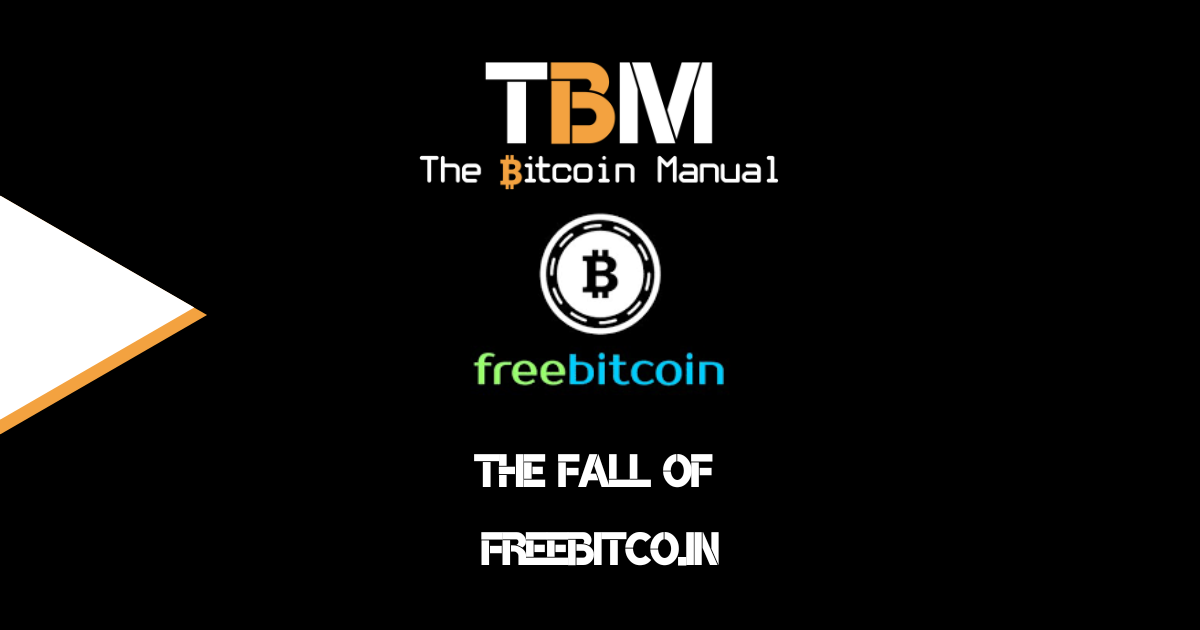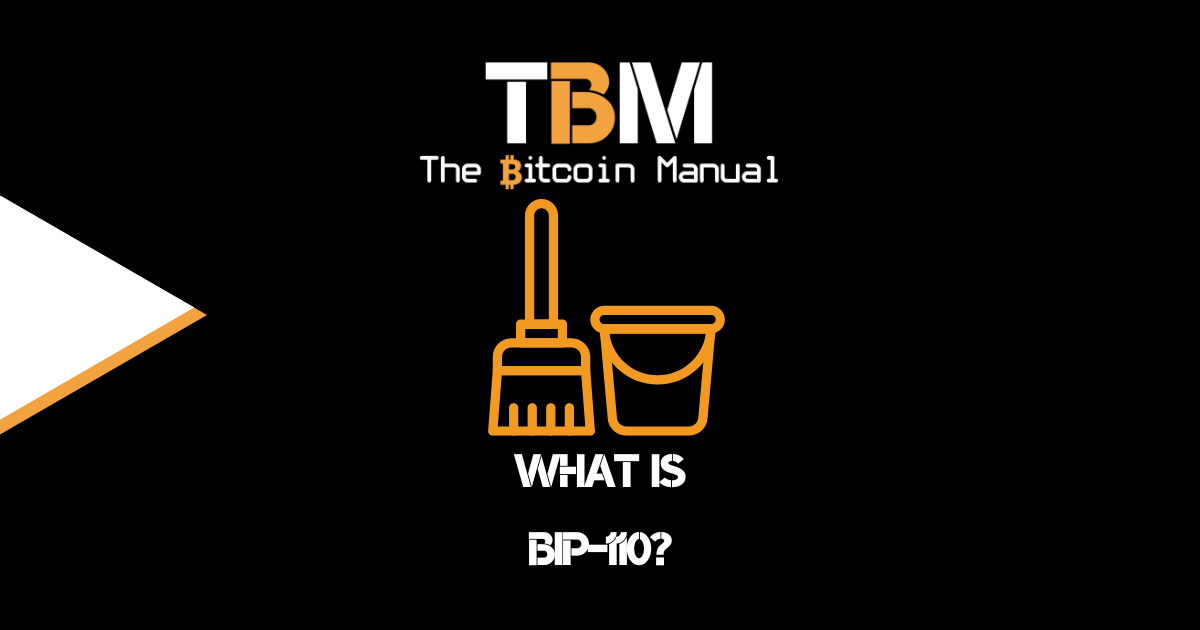Lightning Network innovations are popping up left, right, and centre. Without a doubt, Lightning is winning ground in providing fast, low-cost Bitcoin transactions. The Lightning Network is an open and programmable payment protocol, and many possibilities have emerged that nobody has ever thought of before.
This spurred innovation and the creative energy of builders, developers, users and people with a bold vision to make money better.
Developing on open source technology means anyone can get involved, and with Lightning, both companies and individual developers are experimenting and building solutions that work for their region or use case. As they experiment out in the open, there is so much happening all at once it’s easy to get lost in the sauce.
So let’s explore the possibilities, challenges, and future potential of Lightning Network innovations and share 12 exciting payment innovations.
Lightning Network Innovations for Payments
The Lightning Network has gained significant traction since its inception in 2015. The primary use case has been facilitating small, frequent payments that would be impractical on the main Bitcoin blockchain due to fees and confirmation times.
Countries, communities, coffee shops, online services, and even some retailers have started accepting Lightning payments, demonstrating its potential for everyday transactions.
Updated: Circular Economy Big Bang pic.twitter.com/WszH8lTdVu
— Adopting Bitcoin (@AdoptingBTC) July 24, 2024
Payment processing, payroll, banking, remittances, tips, retail and B2B, the Lightning Network is a new technological “frontier” in all layers of digital money. Let’s highlight some of the most interesting projects and areas:
1. Remittances:
By enabling near-instant, low-cost transfers across borders, Lightning has the potential to disrupt the traditional remittance market. This could be particularly beneficial for workers sending money back to their home countries. Fintech banking apps such as Strike, CashApp, Chivo or Rhino are set to revolutionize remittances.
Wallets like Blink, Wallet of Satoshi or Phoenix enable cross-border payments over the Lighting Network without the need to have a bank account.
2. International transfers:
For businesses operating globally, Lightning offers a way to move funds quickly without the delays and fees associated with traditional banking systems. For businesses who have difficulty getting banked, Lightning allows them to accept payments from international clients.
The only limitation is the transaction size, which is bound to the channel size and available nodes for payment routing.
On top of that, stablecoins, such as Stablessats or USDT-L on the Lightning Network, are exciting new Lightning Network Innovations.
The new era of USDT payments is here!
— Speed ⚡ Bitcoin lightning payment platform (@speed_LN) August 7, 2024
Speed is all set to launch USDT-L: Stablecoin on the Lightning Network.
Enjoy the stability of USDT with the flexibility and security of the Lightning Network: https://t.co/5dSu6pdYO5
This means:
✅Minimal transaction fees & instant…
3. Micropayments:
Content creators, app developers, and service providers can now monetize their offerings through tiny payments and tips, that would be unfeasible with conventional payment methods. Platforms like Microlancer, Geyser and Nostr are examples. Lightning Addresses – email addresses but for bitcoin – are the norm for your friendly next door Bitcoiner.
4. Subscriptions:
With newer technologies such as Nostr Wallet Connect, even subscription payments (pull payments) can be made using Lightning.
5. Lightning ATMs:
Lamassu, the world’s first commercial Bitcoin ATM manufacturer, has integrated Lightning via the blink API. Numerous DIY and experimental Lightning ATMs have appeared such as the K1, Bleskomat, B.A.T. or Pocket LightningATM.
6. Payment streams:
Getting paid quicker and at a higher frequency is important in many industries in particular the bitcoin mining industry. Mining pools and bill payment processors offer Lightning payments to facilitate daily payments. For example, Synota settles energy bills with Lighting to enhance cash flow, mitigate credit risk and save time.
As adoption grows, the network effect can further validate Lightning’s value proposition. While there are still several challenges that need to be addressed, the Lightning ecosystem is a fertile ground for payment innovation.
Lightning Network Innovations on the Protocol Level
Several developments and proposals aim to address these challenges and make the Lightning Network more suitable for larger payments like salaries:
- Atomic Multi-Path Payments (AMP): This technique allows a single payment to be split across multiple channels, potentially solving the channel capacity issue for larger transactions.
- Wumbo channels: An opt-in feature that removes the default channel capacity limit, allowing for larger payment channels to be created.
- Greenlight: A new service from Blockstream that aims to make running a Lightning node easier for non-technical users, potentially increasing the number of nodes and improving network liquidity.
- Submarine Swaps: A technique that allows for seamless exchanges between on-chain and off-chain Bitcoin, which could help with liquidity management. Wallets like Muun, CoinOS and WalletAno utilize submarine swap to enhance the user experience, and it’s an often requested feature on other wallets.
- Liquid Network: A Bitcoin sidechain that could be used in conjunction with Lightning to enable quick swaps between Bitcoin and stablecoins, addressing volatility concerns. Notable applications are SideSwap and Aqua Wallet.
- Lightning Service Providers (LSPs): While potentially introducing some level of centralization, LSPs could simplify the user experience and handle complex operations like channel management and routing. Services like Blink API, Greenlight, Breeze, Voltage, LNbits, Lightspark are rapidly shipping innovation in the Lightning-as-a-service space.
- Taproot Assets: A Taproot-powered protocol for issuing assets on bitcoin that can be transferred over the Lightning Network for instant, high-volume, low-fee transactions.
- Pickhardt payments: A proposal for improving payment reliability by allowing senders to specify criteria for successful routing, potentially reducing payment failures.
- Automatic payment splits and prisms: A Lightning Prism is a concept that allows for “lightning address value split workflows,” to quote the originator, Mr. Kukks.
16. Lightning Network Innovation on the Institutional Level:
- Coinbase & Lightspark: Coinbase, the largest U.S. based bitcoin exchange has partnered up with Ligthspark to integrate Lightning and possibly add LIghtning addresses.
- Microstrategy: As an experimental project, Microstrategy, a public company, enabled lightning addresses which resulted in thousands of tips to saylor@microstrategy.com from the Bitcoin community.
- Federal Reserve Bank of Cleveland: The Federal Reserve Bank of Cleveland published a research paper on the Lightning Network and how Bitcoin can turn into money. This demonstrates how Bitcoin innovation is tangible, real and increasingly recognized.
17. Bonus: How Ark brings Lightning Network Innovation at scale
Ark utilizes a network of Ark Service Providers (ASPs) that issue virtual transactions (VTXOs). These transactions can be traded at low costs among users of the same ASP, sent over the Lightning Network, or redeemed on-chain at any time, ensuring users maintain control over their funds.




